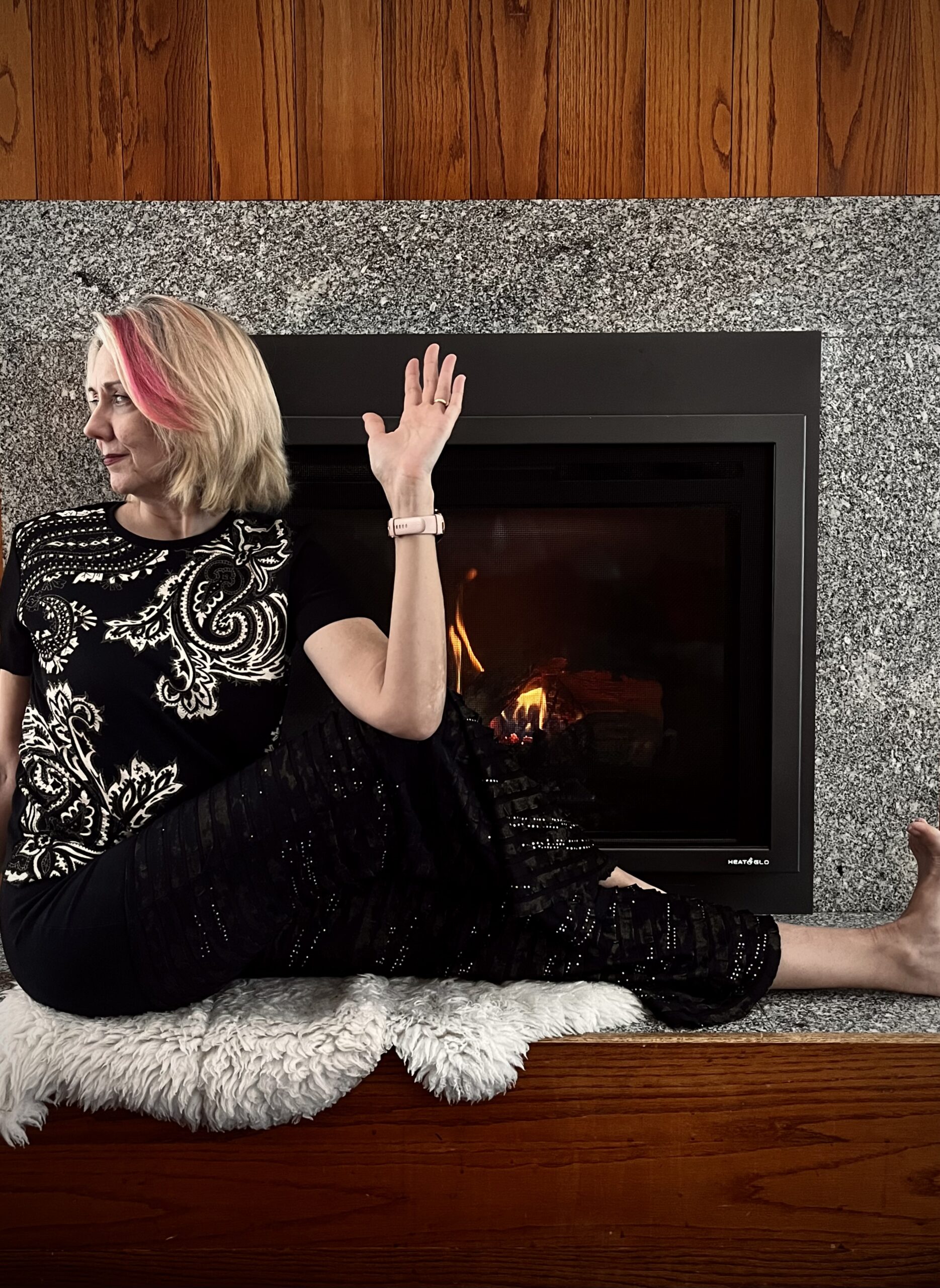
_Yoga is known to do wonders for the body: strengthen, tone, stretch and more. However, one benefit that may surprise you: improved sleep. It’s not uncommon to hear students rave that they get their “best night’s sleep” after yoga class. There are endless anecdotes, but what does the research say?
While limited, there are some initial studies on the topic of yoga and insomnia. Perhaps the most compelling is a Harvard study that found “statistically significant” improvements across several aspects of sleep quality, including sleep efficiency (SE), and wake time after sleep onset (WASO), based on the sleep diaries of 20 subjects over an 8-week period of yoga practice. (Khalsa 2004). The study referred to yoga as a “multicomponent” practice implying the full range of classical yoga including asana (exercises), pranayama (breathing exercises), meditation, and yoga nidra (final relaxation).
Yoga Nidra, known in the West as “final relaxation” may hold the key to better sleep. Unfortunately, many classes cut corners and relegate the practice to 5 minutes of “zone out” time at the end, with minimal instruction as to how to practice or the theory behind it. Yoga Nidra, translated as “yogic sleep” is anything but “zoning out.” When done attentively, it can have amazing effects from upping the brain’s desirable alpha waves, boosting the immune system, and decreasing the overall resting tension of the body. It is, essentially, a meditation in which you’re training yourself to “relax/focus on command” and many Eastern gurus are quoted as saying it is the most difficult and most important part of the yoga experience.
So, the next time you have difficulty falling asleep, perhaps reset your goal to practicing Yoga Nidra instead. Here are some tips:
1) Lying in bed, place your body into “corpse pose” (savasana) with palms up, arms out alongside the body at 45 degrees or less.
2) Roll the bottom of your pillow (lengthwise) like you would a yoga mat, just a turn or so, to create a pillow that supports the cervical spine. You may want to place another pillow under your knees if you have lower back pain, sciatica, or just feel your nervous system is on overload.
3) In your mind’s eye, go to the base of the head, back of the neck. Try to isolate where your neck attaches to the back of the head, softening down into the support of the rolled pillow.
4) Nose breathing slowly and deeply throughout, start to work your way down the spine, one vertebra at a time. As each one softens into the bed, notice how the front body opens and allows more room for breathing.
Finally: resist the temptation to constantly fine-tune your body’s position. Get your fidgeting out of the way in the first minute or two, then commit to your corpse pose form, no matter how imperfect or asymmetrical it might be. Watch the air of breath move through your body, yet as an observer separate from both breath and body. Float your way to morning, knowing that, even if you technically weren’t asleep, you were restoring and resting, perhaps even more efficiently than traditional sleep. Many of my clients who are doctors use this technique when they’re on-call and find deep sleep difficult!







